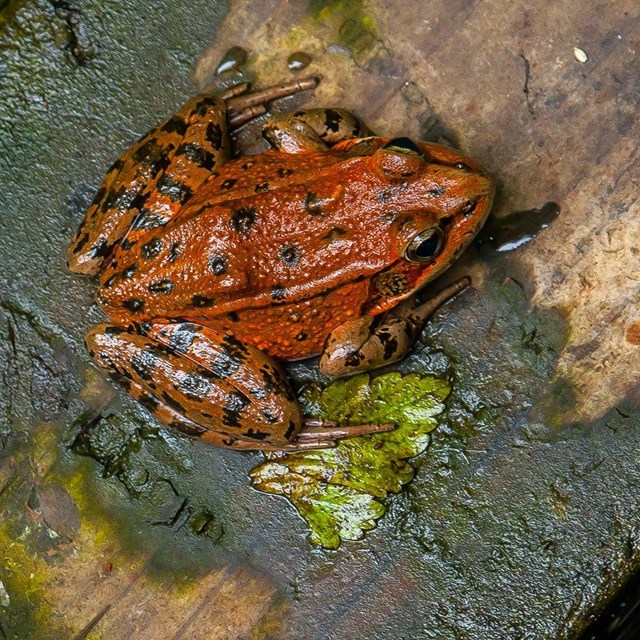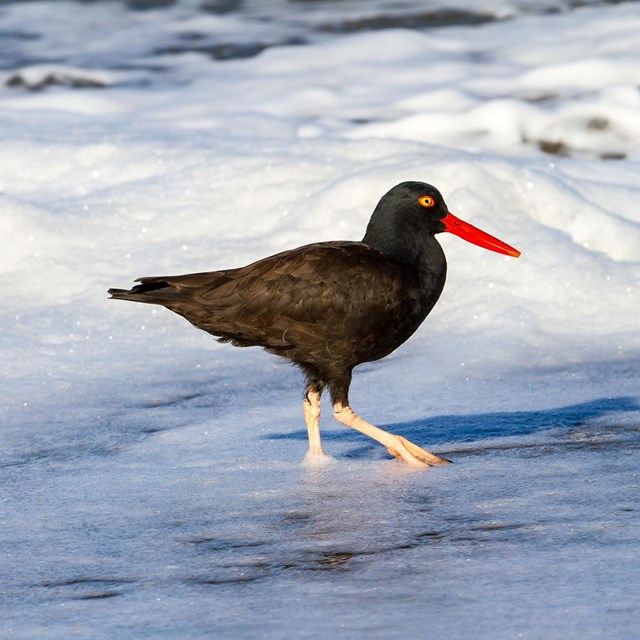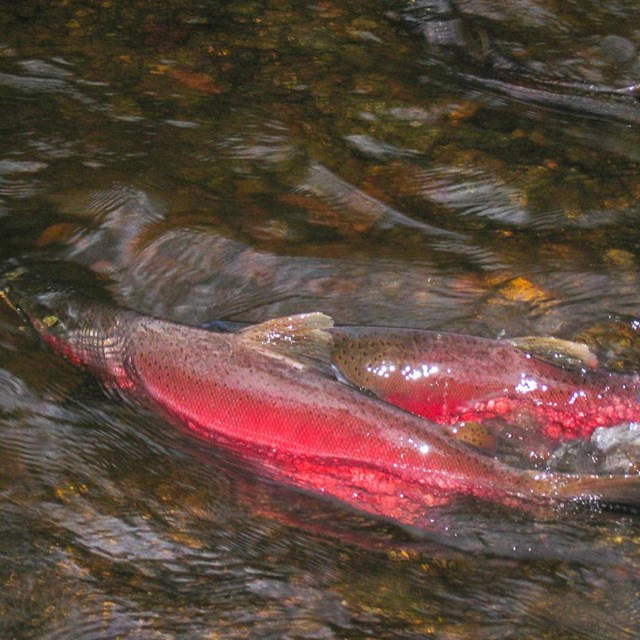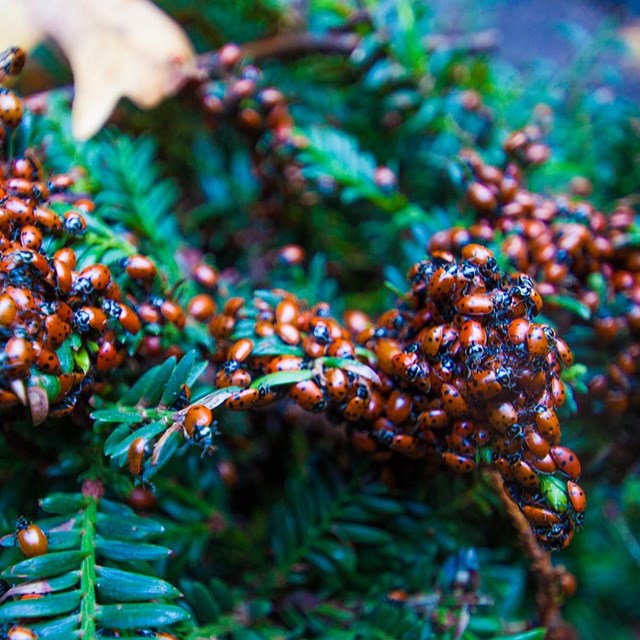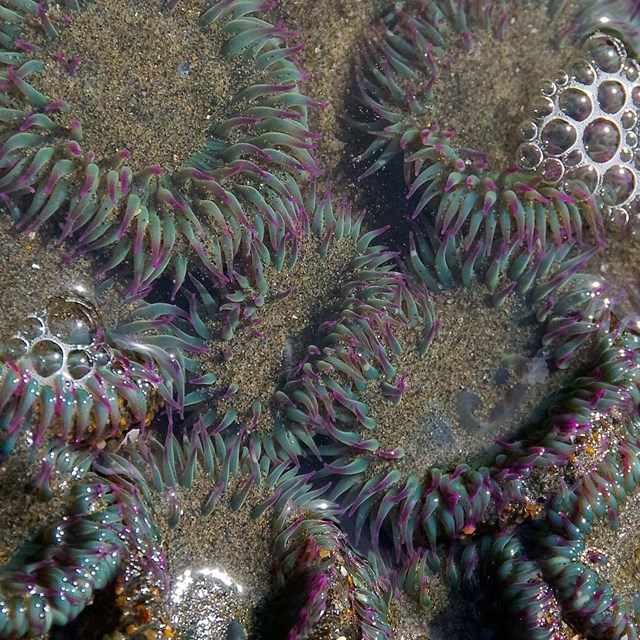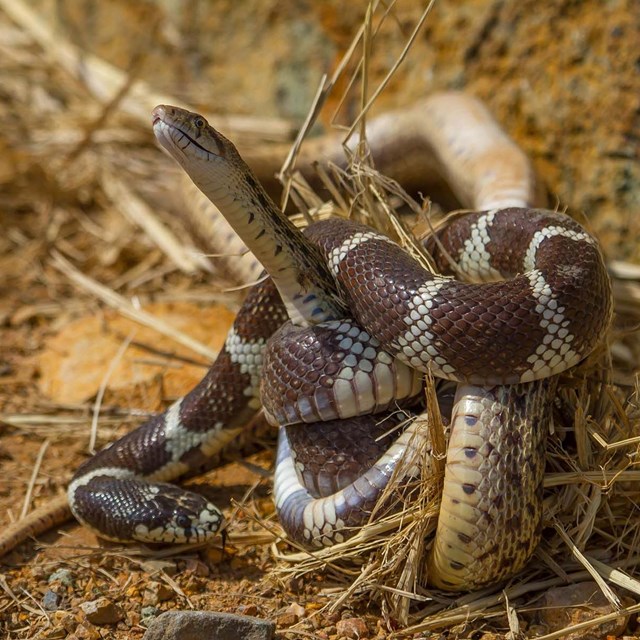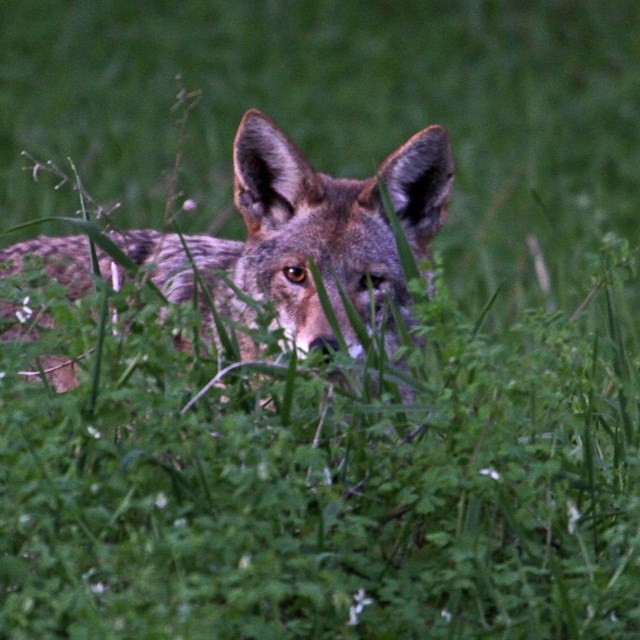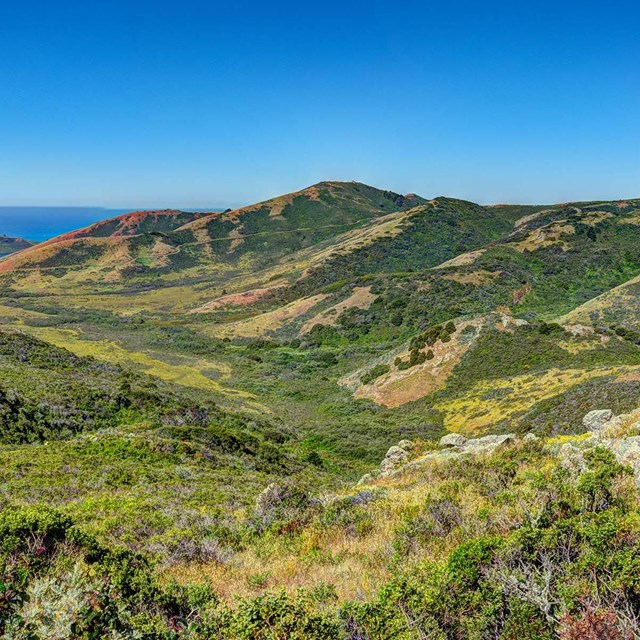
Golden Gate's urban features may seem to suggest a lack of wildlife, but there is much more than meets the eye. Golden Gate's coastal ecosystems supports a rich assemblage of wildlife including 387 vertebrate species. The park's grasslands, scrublands, wetlands, and forests also support a rich diversity of invertebrates, although these species have not been well inventoried. The Recreation Area is home to nearly 53 species of mammals, 250 species of birds, 20 species of reptiles, and 11 species of amphibians. 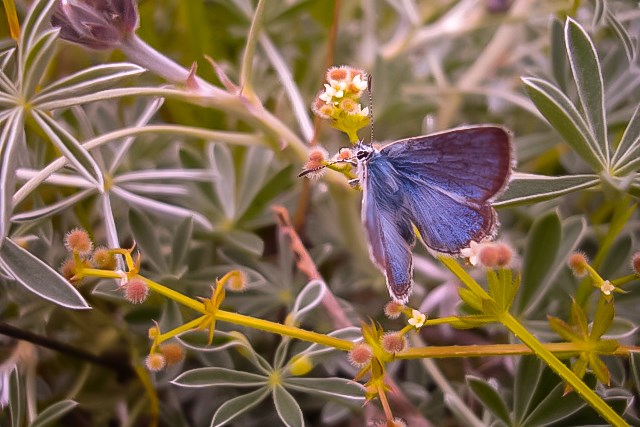
NPS Whether using park resources broadly or specifically, year round or for less than twenty four hours, all of these animals depend on the Recreation Area as a refuge from expanding development outside of park boundaries. There are over 80 rare or special status wildlife species currently identified as permanent or seasonal residents of the park, or dependent upon park lands and waters for migration. Of these, 12 are listed as federally endangered, and 12 are federally threatened. Learn how park staff are working with community partners to support healthy monarch butterfly and mission blue butterfly populations. Explore the Wildlife of Golden Gate
|
Last updated: October 11, 2024

